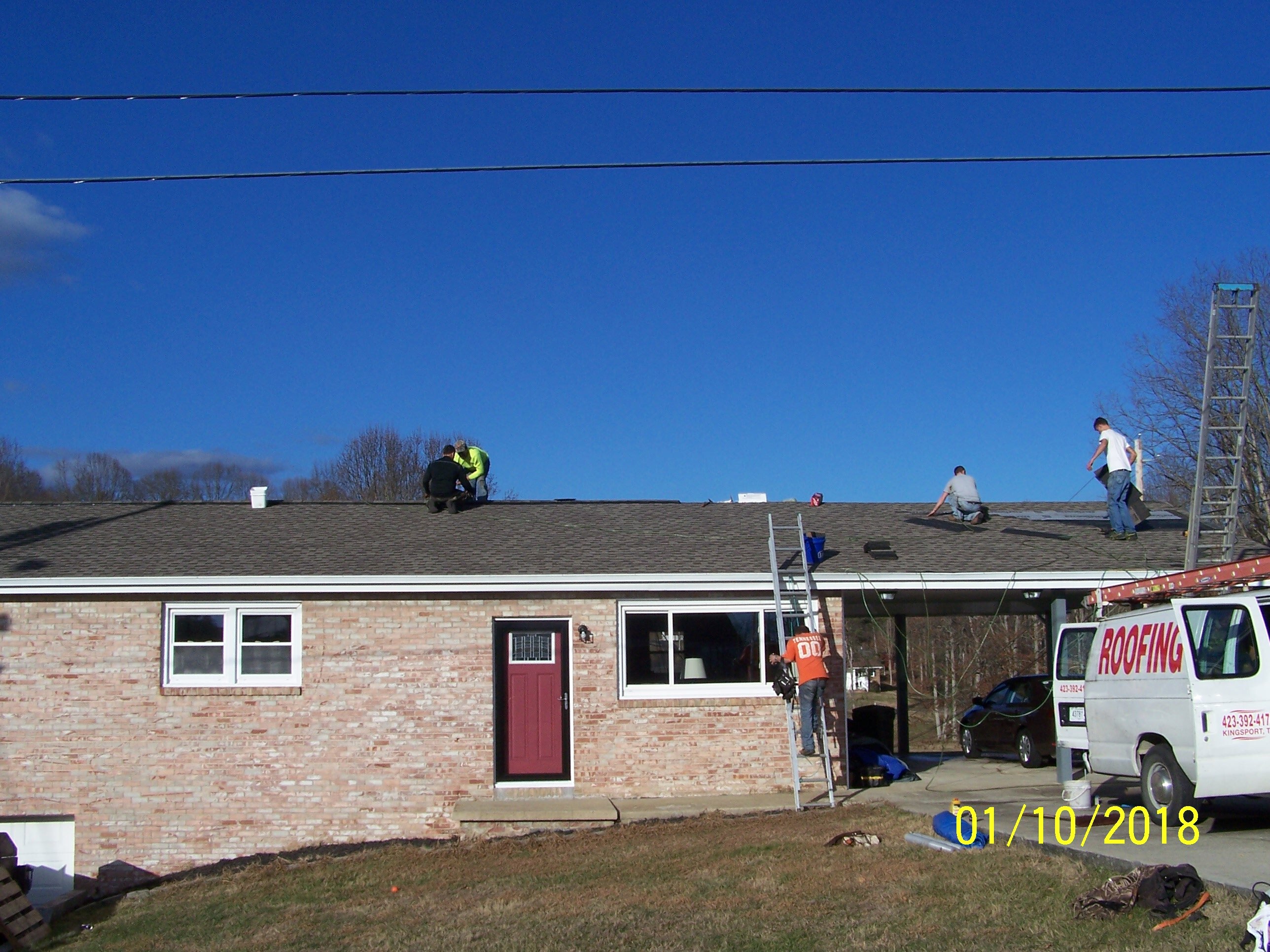
If snow falls often, it can have strange effects on your roof. Heavy snowfall can cause ice dams, and can even cause shingles to rot. On the other hand, a light blanket of snow can act like insulation and keep heat inside your home where it belongs.
What is the maximum amount of snow a roof can hold?
Whether you're a homeowner or business owner, it's important to understand the load snow can put on your roof. The answer depends on several factors, including where you live and the type of roof you have.
According to AccuWeather ForensicMeteorologist Steve Wistar, the minimum roof snow load in the northeast is 30 pounds per square feet. However, roofs can withstand much heavier loads. Some roofs can withstand 40 to 100 lbs per square foot.
You should leave the snow on your roof alone, unless you intend to remove it yourself. This can cause damage to your roofing system. You should still remove the top snow layers and keep the area free of other debris.

According to the Minnesota Department of Agriculture, snow on your roof shouldn't be removed if it is difficult to reach with a ladder or shovel. The risk of falling from the roof is another reason to avoid climbing on it.
It is a good idea to take a piece of snow from your roof and weigh it. You can do this by putting a 1-foot by 1-foot piece of snow into a plastic bag and weighing it.
Then multiply that number by how deep the snow is in inches to get an idea of how many snow your roof can support. This equation can either be calculated using a calculator or simply used to determine the density (lb/cm2) and depth of snow in inches.
A roof that can't handle the snow load can easily fall, especially if there is ice damming or heavy snowfalls. This is why it is so important to inspect your snow load right away and act before the snow accumulates on top of your roof.
A problem can arise if there is too much snow on your roof. If the snow is melting faster in some areas than others, your roof may not be properly insulated enough to prevent heat escaping.

Snow that isn't melting could also freeze, causing damage to your home's gutters. This can leave your home at risk of water damage and leaks from the roof.
Professional assistance is recommended for snow removal from your roof. Our customers can trust us to provide professional roofing services.
FAQ
What documents must I show to get building permission?
In addition to your SCA, you will need to provide proof that:
-
There is adequate parking space available for visitors;
-
It is possible to use access routes;
-
All utilities are available; and
-
All works are compliant with the relevant planning regulations.
Do I need a lawyer to sign my Service Agreements?
No. Your service agreements can be signed by anyone. However, you might want to appoint a legal representative as a precautionary measure.
Legal representatives are people who represent another person. If you are a contractor you might want to appoint someone as your professional representative.
This could involve hiring a solicitor, accountant, or other professional. You could also appoint someone to take care of your business interests.
In most cases, the client will appoint a legal representative. But sometimes, a legal representative is hired by the vendor.
In both cases, having a lawyer means that you are legally covered.
Are there other things I should consider?
Yes. You should check the laws in your area about the types of projects that you are permitted to undertake and the requirements you must meet. Some states require that you get council approval before you build. Others say you just need to inform them of your plans. For more information, consult your local authorities.
When do I have to pay for the service/contractor?
The type of service provided will determine the payment schedule. A contractor might hire to install a roof. You would usually pay when the work is complete. A supplier might require you to test and receive the item before you pay.
Where can I get more information on building permits?
Contact your local government agency (e.g., NSW Local Government Association) for more information. They should be able to advise you about what steps you need to take to obtain permission to build.
Who issues a Service Agreement
The service agreement between you and your customer defines how you will provide them with services. This agreement outlines your customer's responsibilities and what you must do for them. It also explains when you have to pay them.
Additional fees for services may also be confirmed in the service agreement.
All terms and condition of the service agreement should be stated. This includes delivery dates, payment methods, warranties and other terms.
You can use this template to cover every aspect of the agreement.
Statistics
- (ii) Name, address, and telephone number of each proposed first-tier subcontractor with a proposed subcontract estimated at $10 million or more. (acquisition.gov)
- While we offer all our high-quality services at competitive prices, we know that many who need our services are on fixed incomes, so we offer a 10 percent discount for seniors and military members. (homeservicecontractorsinc.com)
- (1) Except as provided in paragraphs (a)(4) and (a)(8) of this section, if the estimated amount of the contract or subcontract is $10 million or more, the contracting officer shall request clearance from the appropriate OFCCP regional office before- (acquisition.gov)
- (d) Contractor disputes related to compliance with its obligation shall be handled according to the rules, regulations, and relevant orders of the Secretary of Labor (see 41 CFR60-1.1). (acquisition.gov)
- (1) Ascertain the extent to that offers are based on the payment of overtime and shift premiums; and (2) Negotiate contract prices or estimated costs without these premiums or obtain the requirement from other sources. (acquisition.gov)
External Links
How To
What should a service arrangement include?
Any business relationship requires a Service Agreement. It will outline what you expect and how it will be achieved. It also outlines when and where the other party must fulfill its contractual obligations.
These are the key components of a successful SA:
-
Both parties must agree on the scope and required services.
-
Particulars of the payment terms, including delivery dates and start dates.
-
A project cost agreement.
-
Any additional costs such as VAT etc.
-
Whether there is anything else that needs to be discussed.
-
Who will be responsible if something goes wrong with the job?
-
How disputes will be resolved.
-
What happens if a party breaches the contract.
-
What happens in the case of a dispute?
-
When will the contract become effective?
-
What happens if a party doesn't perform.
-
What time do you need to pay your invoices?
-
Who pays for things like travel expenses.
-
Where the money came from.
-
What happens if a client changes his mind?
-
What happens if your supplier doesn't show up?
-
Who has the right to enter the site during construction?
-
What happens if the customer cancels?
-
What happens if the product malfunctions?
-
What happens if a manufacturer refuses to provide parts?
-
What happens if your equipment breaks down?
-
What happens if the project takes more time than anticipated?
-
What happens if the work isn't completed within the agreed timescale?
-
What happens if the quality of the finished project falls below expectations?
-
What happens if costs exceed expectations?
-
What happens if you don't receive your materials on time?
-
What happens if the material arrives broken?
-
What happens when the products don't meet standards?
-
What happens if you cancel the job before it is complete?
-
What happens if the company goes bust.